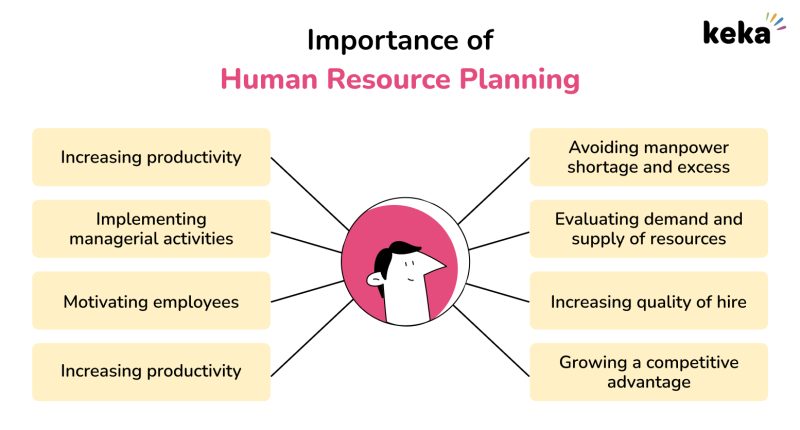How do countries balance national interests with global economic partnerships
Balancing national interests with global economic partnerships is a complex task for countries, as they need to navigate the tension between protecting their own economic and political priorities while fostering cooperation and collaboration with other nations. Here’s how countries manage this balance:
1. Strategic Negotiations
- Prioritizing Objectives: Countries often enter negotiations with clear priorities based on their national interests, such as economic growth, security, or geopolitical influence. They seek to achieve favorable outcomes in these areas while making concessions where possible to build stronger global partnerships.
- Leveraging Bargaining Power: In negotiations, countries leverage their economic or strategic strengths to influence outcomes. For example, a country with significant natural resources might use its bargaining power to secure favorable trade terms or investment agreements.
2. Economic Diplomacy
- Pursuing Trade Agreements: Countries balance their national interests by negotiating trade agreements that open up markets for their exports while gaining access to resources or technology from other nations. They aim to maximize economic benefits while maintaining trade relationships that support their economic strategy.
- Investment Promotion: By creating a favorable environment for foreign direct investment (FDI), countries can attract international capital while securing investments that align with their national development goals. This might involve offering incentives or adjusting regulations to meet global investor expectations.
3. Balancing Trade Policies
- Protecting Key Industries: Countries might implement protectionist measures or tariffs to safeguard key industries or emerging sectors critical to their national interests. At the same time, they work on international agreements that promote trade and economic integration, balancing protection with openness.
- Diversifying Trade Partners: To reduce dependency on a single country or region, countries diversify their trade partnerships. This strategy helps them mitigate risks and ensures that they can pursue global economic opportunities while maintaining control over critical supply chains.
4. Multilateral Engagement
- Participating in International Organizations: Countries engage in multilateral institutions such as the World Trade Organization (WTO), International Monetary Fund (IMF), and United Nations (UN) to influence global economic policies and practices. Through these platforms, they advocate for their national interests while contributing to global economic stability.
- Forming Alliances: Countries form regional or global alliances to address common challenges and advance mutual interests. By participating in organizations like the European Union (EU) or the Association of Southeast Asian Nations (ASEAN), they balance national goals with collective objectives.
5. Economic Integration
- Regional Integration: Countries participate in regional economic integration efforts, such as free trade areas or customs unions, to enhance economic cooperation while benefiting from collective bargaining power. This approach allows them to integrate economically with neighbors while pursuing broader global partnerships.
- Bilateral Agreements: Countries negotiate bilateral agreements to address specific areas of mutual interest, such as trade, investment, or security. These agreements can help align national interests with global economic goals, fostering closer ties with individual partners.
6. Balancing Sovereignty with Global Commitments
- Compliance with International Standards: While maintaining sovereignty, countries often align their policies with international standards and agreements. This alignment helps them participate in the global economy and benefit from international cooperation while preserving key aspects of national control.
- Managing Domestic and International Expectations: Countries navigate the balance between domestic political pressures and international commitments. They may need to make policy adjustments to meet global standards while addressing domestic concerns and priorities.
7. Adapting to Global Trends
- Embracing Innovation and Technology: Countries that embrace global technological trends and innovations can enhance their competitiveness while pursuing national economic goals. Adapting to global advancements helps them integrate more effectively into the global economy.
- Responding to Global Challenges: Addressing global challenges such as climate change, pandemics, and economic crises requires international cooperation. Countries balance their national interests by participating in global efforts to find solutions while addressing their own specific needs and priorities.
8. Domestic Policy Adjustments
- Regulatory Adjustments: Countries may adjust domestic regulations to align with international practices, making their markets more accessible to global partners while protecting national interests. For example, aligning with global environmental standards can attract international investment and trade.
- Supporting Strategic Sectors: Governments often provide support to strategic sectors that are crucial for national interests, such as defense or energy. This support is balanced with efforts to engage in global economic partnerships that benefit the broader economy.
9. Public Diplomacy and Soft Power
- Promoting National Values: Countries use public diplomacy and soft power to promote their values and culture, enhancing their global standing while pursuing national interests. Positive global perceptions can support economic and political goals.
- Building Global Relationships: Through cultural exchanges, international aid, and collaborative projects, countries build relationships that support their national interests while contributing to global partnerships and development.
10. Conflict Resolution and Mediation
- Addressing Disputes: Diplomatic efforts to resolve conflicts and disputes help maintain stable international relations, which is essential for economic partnerships. Countries work to manage and resolve conflicts that could disrupt business and trade, balancing national interests with the need for global stability.
Conclusion
Countries balance national interests with global economic partnerships through a combination of strategic negotiations, economic diplomacy, and multilateral engagement. By pursuing trade agreements, participating in international organizations, and adapting to global trends, they manage to align their economic and political goals with the benefits of global cooperation. This balancing act ensures that they can protect their own interests while contributing to and benefiting from the broader global economy.






